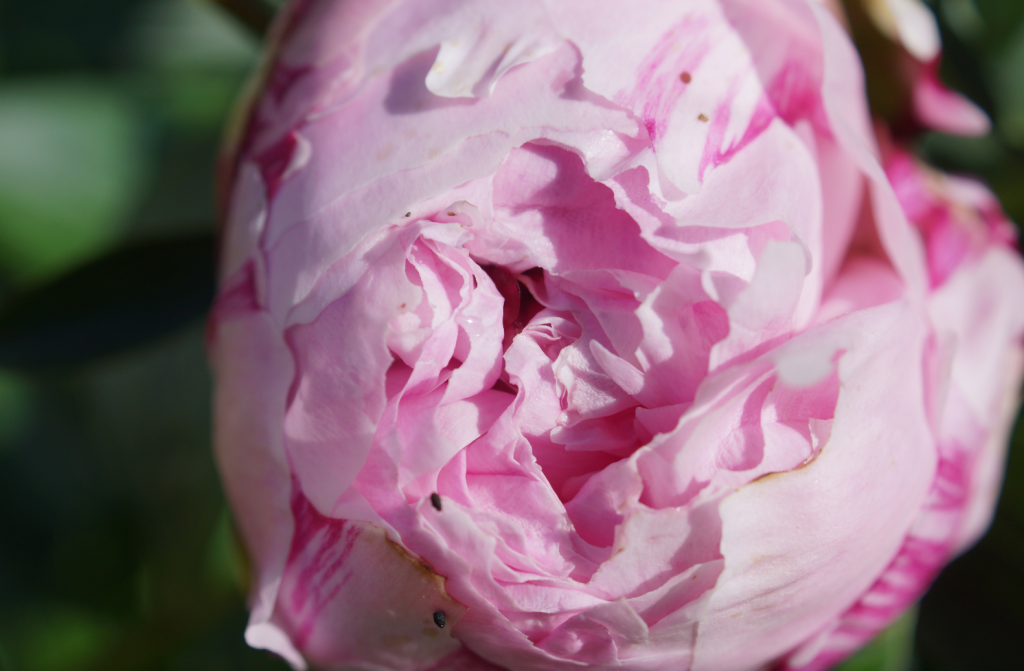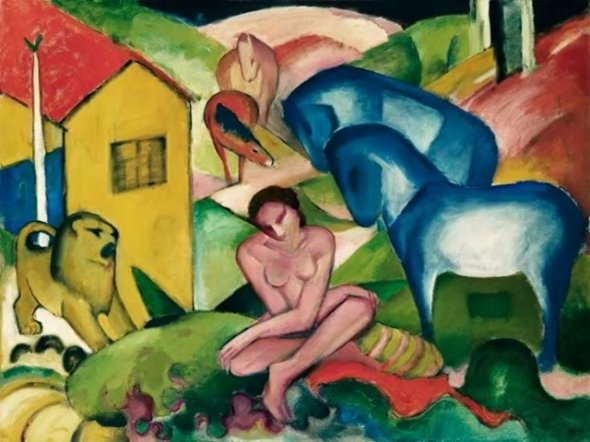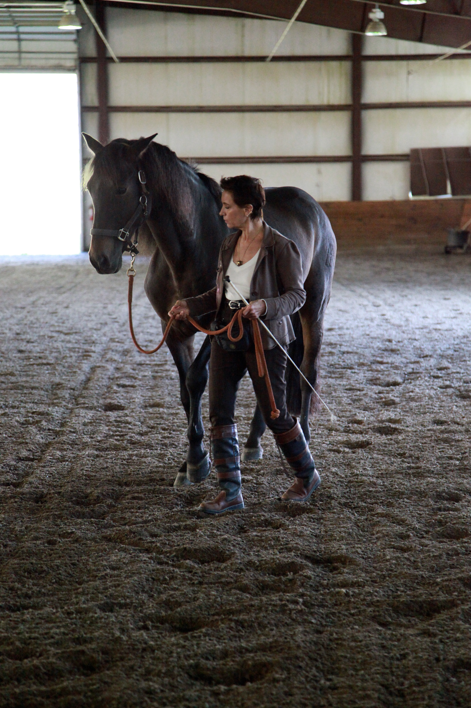I have been watching a video by horse guru and Aikido master Mark Rashid. Today he demonstrated a centering concept from Aikido, and showed how by centering energy at a point just below the belt buckle (about a hand’s breadth below the navel), one could become unmoveable, steady, grounded. The reason for doing this is to connect to and develop one’s softness, rather than relying on pure strength or muscle.
So today I rode from that place and the results were really surprising. Both Sanne and Capprichio immediately reflected to me that I was doing something different, something that allowed them to relax and focus rather than brace. I was amazed at the difference that it made to my sitting trot and my seat. The image that I had was that my hips and pelvis were like the bulb of a big lotus, with roots traveling down my legs into the ground, and the leaves and stem rising up from the rich nourishment of the bulb.
Rashid also suggested looking at how much effort we expend for any given task, and see if there is a way to do less – use less muscle – and instead harness our inner softness. I realized that almost everything that I do has a higher, more muscled vibration than is necessary, and that when I drop my awareness and breathing into my center, I can do more with less effort.
Try it!



